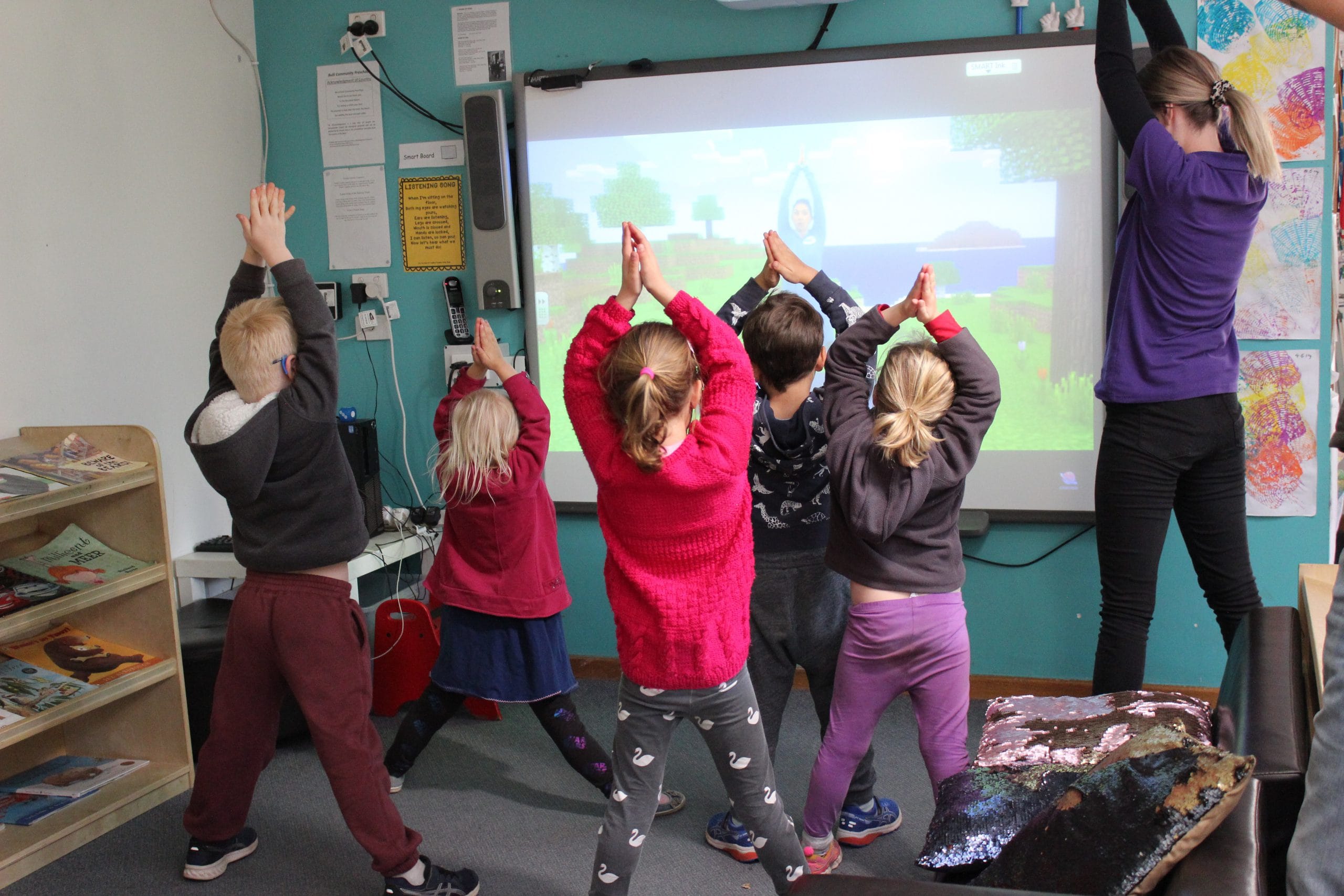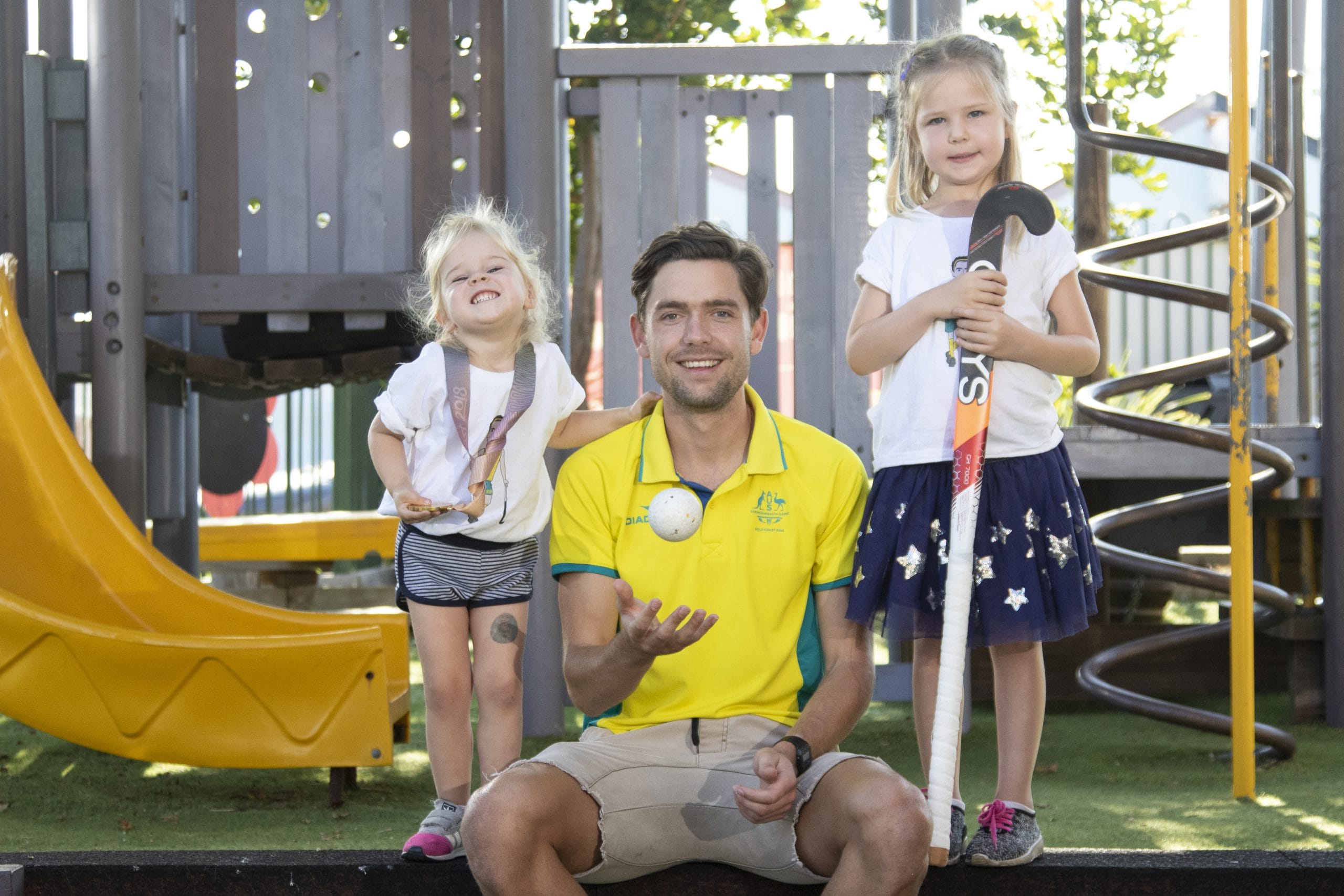Young children are growing up in a society that engages with digital technology on a daily basis, and therefore children are very comfortable and confident in a digital culture that is rapidly changing. Presently, there are many forms of digital technology that adults and children are exposed to, including computers, tablets, digital televisions, smartphones and watches, and interactive smartboards. As a society, we are becoming more reliant on these types of technologies, as these devices aim to serve a variety of functions, such as, connecting people, sharing information, entertainment and recreational purposes, education and work.
As teachers and educators of young children it’s important we work alongside families, to ensure that our children are safely engaging in digital technology that will enhance their skills in play, problem-solving, lateral thinking, and learning. As an organisation, we recognise that not all children have equal access to digital technology based on their varying circumstances (socio-economic resources, geographical location, gender and age), therefore, it’s important we don’t assume as educators that all children growing up in today’s digital world have the same understanding or experience (NAEYC, 2012).
What do we consider as we strive to provide digitally safe learning environments for children in our community preschools?
At Big Fat Smile, our educational programs are informed by evidence-based research, inclusive of how we successfully integrate the use of technology into our educational programs. Digital technology is only effective in educational programs when used safely and appropriately. To ensure the digital safety of our very young children, we align our use of technology with the recently released Australian 24-movement guidelines. These guidelines recommend that children under 2 years should not patriciate in sedentary (non-active/sitting) screen time and children aged 3-5 years should not participate in more than one hour of sedentary screen time per day. The recently released “Statement on young children and digital technologies” by Early Childhood Australia, also is reflected within our educational practices. The four principles; relationships, health and well-being, citizenship and play and pedagogy, are all considered when determining the optimal use of technology within a learning context that is developmentally appropriate the needs and interest of our children attending our services (ECA, 2018).
Our educational philosophy on using digital technology with our infants and toddlers?
Based on the 24-hr movement guidelines, families will observe that children under 2 years in our services will not be engaging in the use of IPads or smartboards etc. Educators in this age group promote play-based learning that encourages a learning environment enriched with personal interactions, hands-on experiences and opportunities that enable children to further develop a variety of developmental skills such as levels of independence, self-help skills, development of small and large muscles (motor development), socio-emotional skills and language skills. Research supports that infants and toddlers learn best through live interactions with other people and real-life experiences (Lerner & Bar 2015; AAP council 2016), therefore, the use of technology is not recommended as it can potentially impair important development skills such as expressive and receptive language skills, problem-solving abilities, attention span, fine motor dexterity, large motor skills, emotional skills such as empathy and social abilities.
How we safely and effectively integrate digital technology into our 3-5 years educational programs?
The integration of digital technology into our 3-5 years educational programs are continually being evaluated by our educators, who have a strong understanding of child development theory and developmentally appropriate practices. Within Big Fat Smile services, the passive use of digital technology is discouraged. Educators support children to develop ‘technology handling’ skills in an environment that doesn’t diminish their ability to socialise with peers and further promote healthy cognitive, social, emotional, physical and linguistic development. Within our organisation’s educational ethos, digital technology is seen as a complementary learning tool that aims to further enhance children’s levels of creatively, real-life exploration, lateral thinking, conversation and physical activity, rather than replace these experiences. For example, reflective of past research, the use of ‘educational’ apps are monitored by educators to ensure that some basic principles are followed to ensure the safety of the children, such as the apps allow children to be actively involved in the content, they are engaging, meaningful and encourage social learning situations (Hirsh-Pasek et al 2015) .
Children are naturally inquisitive, therefore, integrating digital technology into our enquiry-based learning environments enables children and educators to collectively work together to learn about the world around them through inquiry. The use of digital technology allows our preschool children the opportunity to gain greater exposure to key concepts, construct their own knowledge, increase their research abilities, increase independence, and develop deeper understandings about topics and areas of interest under the guidance of educators (Feng et al 2009).
Educators’ are important role models in the appropriate use of digital technology.
Educators within our service also model self-regulated use of digital technology in the presence of children, therefore, recognising the importance of personable, meaningful and engaging social interactions between children and families (ECA 2018). Therefore, it’s important for educators and families to work together to create a shared understanding of how digital technology is used in our services both by children and educators. For example, educators use a digital app called ‘Kinderloop’ to share information about their children and how they engage in our educational programs. However, educators ensure that their use in front of children is minimal, to ensure their levels of engagement are not impacted with the children.
References:
AAP Council on Communications and Media. (2016). Media and young minds. Pediatrics, 138(5), e20162591.
http://www.health.gov.au/internet/main/publishing.nsf/Content/FCE78513DAC85E08CA257BF0001BAF95/$File/Birthto5years_24hrGuidelines_Brochure.pdf
Hirsh-Pasek, K., Zosh, J. M., Golinkoff, R. M., Gray, J. H., Robb, M. B., & Kaufman, J. (2015). Putting education in “educational” apps: Lessons from the science of learning. Psychological Science in the Public Interest, 16(1), 3-34.
Early Childhood Australia (ECA). (2018) Statement on young children and digital technologies. Canberra, ACT http://www.earlychildhoodaustralia.org.au/wp-content/uploads/2018/10/Digital-policy-statement.pdf
Lerner, C., & Barr, R. (2015). Screen Sense: Setting the Record Straight–Research-Based Guidelines for Screen Use for Children Under 3 Years Old. Zero to Three, 35(4), 1-10.
National Association for the Education of Young Children (NAEYC), 2012 “Technology and Interactive Media as Tools in Early Childhood Programs Serving Children from Birth through Age 8”, Washington, DC Chttps://www.naeyc.org/sites/default/files/globally-shared/downloads/PDFs/resources/topics/PS_technology_WEB.pdf
Wang, F., Kinzie, M. B., McGuire, P., & Pan, E. (2010). Applying technology to inquiry-based learning in early childhood education. Early Childhood Education Journal, 37(5), 381-389.



